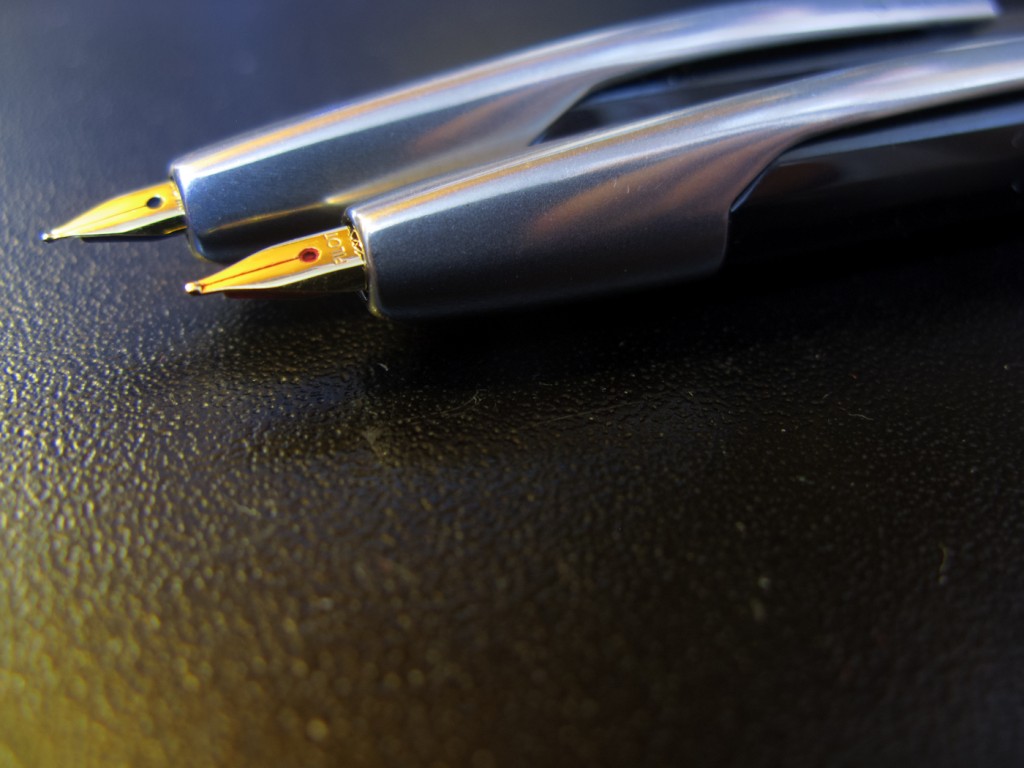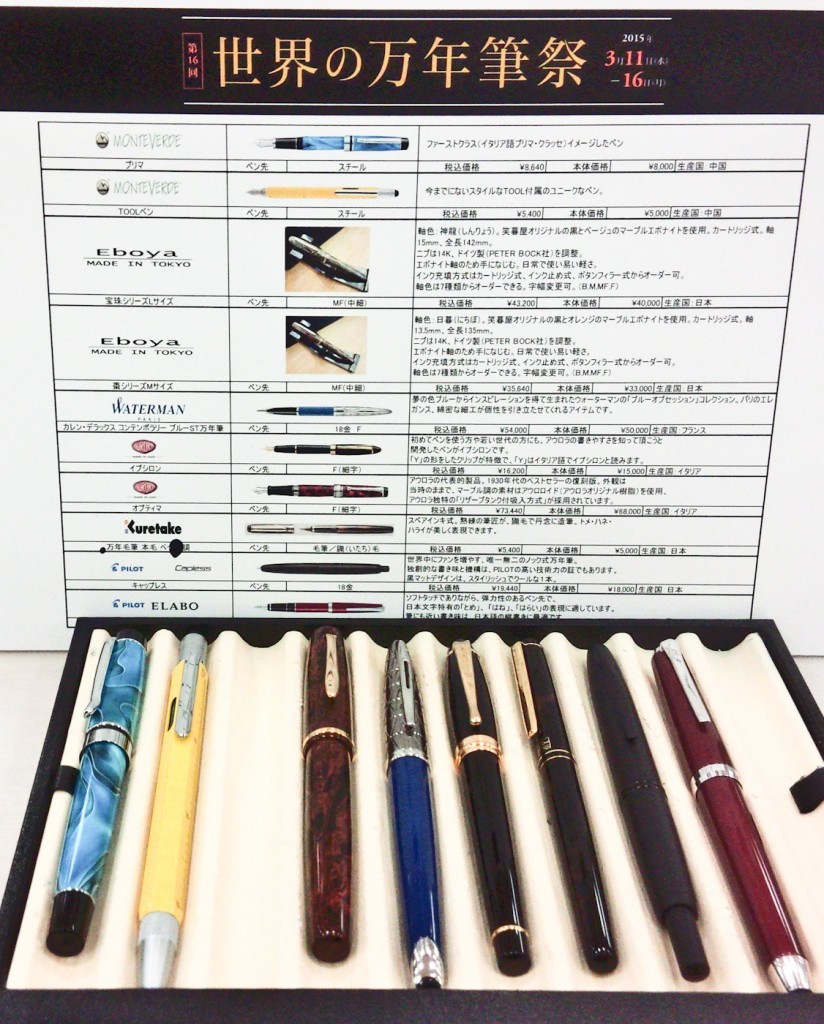I’m trying to figure out if I bought some notebooks or a bunch of Beanie Babies.
First you have to understand how particular I am about notebooks and how the internet creates odd groups and fads.
As a writer I’ve worked my way through different types of notebooks depending on whatever phase/pretension I was in the middle of. I also always had problems with every notebook I ever had. There were those that were too precious, those that had spiral binding and those that were too thick. The latter were especially a problem as I’d soon get tired of carrying the large notebooks and start leaving them at home. Looking back at those I still have, I doubt I ever used every page of one.
Several years ago I stumbled across a line of notebooks called Moleskine. They were, at the time, fairly expensive, even for Japan but were pocket sized and well made. They also included a built in bookmark, a storage pocket, and an elastic band that held them shut. I bought a couple and then, when I got home, discovered in the storage pocket a little card that explained the history of the Moleskines. It involved Picasso and Hemingway and was such bullshit that I actually felt as if I’d been duped buying the notebooks.
Eventually, I worked my way through one book and started using the other. Of course, me being me, I cut out the bookmark (it’s annoying) and ripped out the elastic closure (also annoying). I won’t buy anymore because 1) they are now absurdly expensive, especially for Japan; 2) they aren’t that good; 3) despite not being very good they’ve remained too trendy; and 4) despite being trendy, no one can agree on how to pronounce their name (Moleskin; Moleskeen; or MolaSkeena). The latter is apparently the most accurate, but it’s too pompous to be taken seriously. It’s like going to Starbucks and using an Italian accent to order a frappuccino.
Instead I’ve recently been a convert to Field Notes. Field Notes are pocked sized journals with 48 pages (usually). I’ve already found them more convenient than the thicker Moleeseekineikies (or however you say it). They are easier to carry and it’s easier to find the notes you made. I’ve already finished a book and have stocked up on a few extra. I even, as part of the tithing I’ve mentioned before, subscribed to their annual limited editions.
The problem with Field Notes, though, is those limited editions (called COLORS). Basically every three months the masterminds behind the Chicago based Field Notes put out a special edition to subscribers. Each set comes in a pack of three notebooks and there is violence involved with people who throw away the band that holds them together (more on that later). Each subscriber receives two packs of the special edition and two packs of the company’s generic notebooks.
They started out with simple colors but have since been embossed, enlarged, waterproofed, clad in wood and even given out at random in sealed boxes. The newest versions have been wood type printed at a museum in Wisconsin and part of every sale goes to the support the museum.
The problem is the community that’s grown up around Field Notes can be both exciting and kind of scary. Some of the early limited editions can sell for hundreds of dollars if they are still in their sealed three pack. Serious collectors trade and deal to get complete sets (as of yesterday there are 26 limited “COLORS” editions). They also try to acquire custom versions made for businesses and conventions. Even the paper bands that hold them together have become collectible.
A few months ago Brad Dowdy of the Pen Addict opened a rare set and started using it. The reaction surprised him and he kept pointing out that he got them to use not to resell. It might have a high value now, but he bought it to use and because he liked the color. (Rather than freaking out, the collectors should have thanked him for increasing the value of their holdings.)
A few weeks ago I ordered a couple sets of a version called “America The Beautiful” from a store here in Japan. The day after my order was confirmed, the store, having apparently dealt with serious collectors before, contacted me to tell me that one of the sets had accidentally been opened and the decal lost. (Some of the sets come with extras.) If I wanted to cancel my order they understood. I didn’t cancel and they threw in a free set of a different, less popular COLORS edition.
What it reminds me the most of, at this point, is the Beanie Babies craze. That bubble cost people lots of money and even a couple lives. The best thing about the notebooks is that even if there’s a collapse, the collector at least has something they can actually use.
As for me, I’m not that interested in the collecting, especially as I tend to abandon collections after a certain point. That said, if someone wants to send me lots money for anything I own, I’ll be happy to ship it to you.

This stuff might get someone killed.
















